Annamalaiyar Temple - a famous Hindu temple dedicated to Lord Shiva,
located at the foot of a hill in the town of Thiruvannamalai Annamalai
Indian state of Tamil Nadu.
His gods are Annamalaiyar or Arunachaleswara (Shiva in the form of Shiva lingam) and Unnamalaiyal (Apitakuchambal - Parvati).
Lingam - is the main and most important form and (or) the way Shiva. It represents a vertically placed cylinder with a rounded or hemispherical apex. The most common is in the bottom of the circle, symbolizing the yoni. The image of the linga-yoni, symbolizing the Deity himself
"indivisible unity of the male (Shiva) and female (Devi) started on the
compound which comes life."
This temple is one of the largest in India. Thiruvannamalai is the capital of Saivism. South Indian deity, Shiva the God of all nations. There
are 275 sacred places (temples of Lord Shiva), which received high
praise from Thevaram hymns and were named "Thirumurai Thalangal". Of these twenty-two seats are Nadu Naadu (part of Tamil Nadu). Annamalaiyar Temple is the most sacred of these twenty-two.
Place salvation.
SivaPuranam defines four sacred places for salvation.
Thiruvannamalai is one of them.
The
value of this place is that the mere recollection of the Lord Arunachal
Eswaran in this place gives you the salvation of all souls (Ninaithale
Mukti Tharum Thiruthalam). In
Saivism this temple occupies a special place, being also one of the
five Pancha Bhuta Sthalamov (one of the five great temples associated
with the five basic elements) - is associated with the fire. The
other four: Thiruvanaikaval Dzhambukeshvara (water), Chidambaram
(ether), Kanchi Ekambareshvara (earth) and Kalahasti Nathar (air). For
the first time the temple is mentioned in the works of the poet
Nakkirar, so we can assume that he is not less than two thousand years. Apparently, while the temple could be a simple wooden building.
The current stone building and gopurams were built about 1,200 years ago. It is reported by the inscription on the building, which is made during the reign of Chola kings (IX century BC. E.).
Gopuram
(or gopuram) - Gate tower in the temple enclosure of Hindu temples, a
distinctive feature of the Indian medieval architecture, especially
characteristic of South India. It serves as an input to the temple complex. Gopuram has the same functional value as the gopuram - monumental structure of the passage through the fence of the church.
In the 12th century in the state Pandya it becomes the dominant
feature of the appearance of the temple, often eclipsing the inner
sanctuary, which was hidden from view gopurams colossal proportions.
It is also superior to the inner part of the sanctuary in the richness of ornament. Many churches have more than one gopurams.
Base gopurams typically a rectangle. Below are the richly decorated doors. On top is a conical finial, which consists of several levels, decreases as the narrowing gopurams. Typically, the tower is crowned with a barrel-vaulted roof.
Gopurams
exquisitely decorated with sculptures, carvings and paintings on themes
from Hindu mythology, especially associated with the deity to whom the
temple is dedicated, which is gopuram.
It contains 9 gopurams. Four of them are in the middle of the walls.
· The length of the western and eastern walls - 213 meters,
· South - 451
· North - 484.
The walls and towers of the temple are decorated with beautiful statues.
Decorating the eastern gate gopuram called Radzhagopuram.
This eleven tier construction area of 41 by 30 meters.
The temple has six daily rituals at different times from 5:30 am to 10 pm, and twelve annual festivals in its calendar.
Karthigai Deepam festival is celebrated during the full moon day in the period from November to December, and a huge beacon lit on top of the hill.
This can be seen for miles around, and fire symbolizes Sivalinga connecting the sky. This event shows up to three million pilgrims.
On the day prior to each full moon, the pilgrims round the temple and Annamalai hills in worship called Girivalam, a practice that is carried out up to one million pilgrims a year.
Meaning Girivalam (Bypass)
The path traverses Arunachala is 14 kilometers.
This masonry structure of the temple was founded during the reign of the Chola dynasty in the 9th century, while the more recent expansion of the Vijayanagar rulers are Sangama dynasty (1336-1485 CE), dynasty and dynasty Saluva Tuluva (1491-1570 AD).
The temple is maintained and controlled by the Hindu Religious and Charitable Endowments Department of the Government of the community of Tamil Nadu.




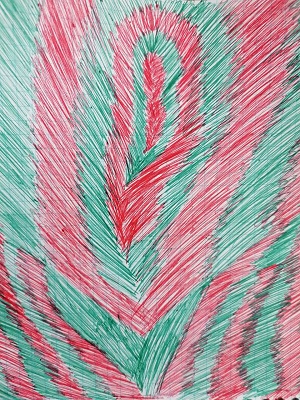



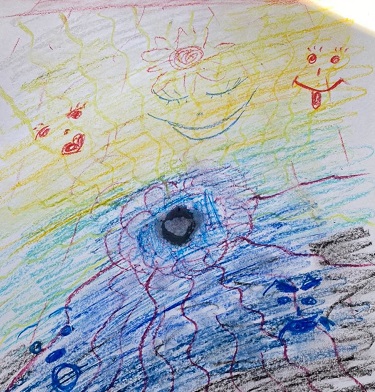


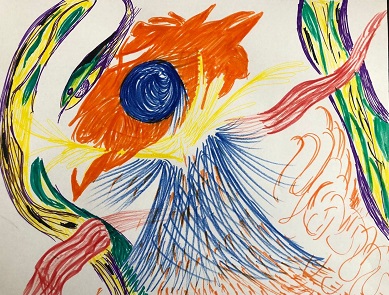
























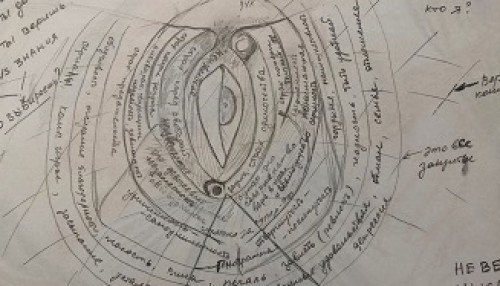
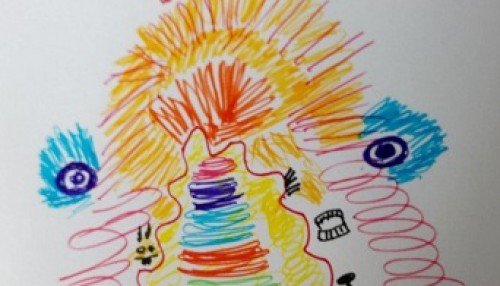









Комментарии
Войдите на сайт чтобы оставить комментарий
Войти